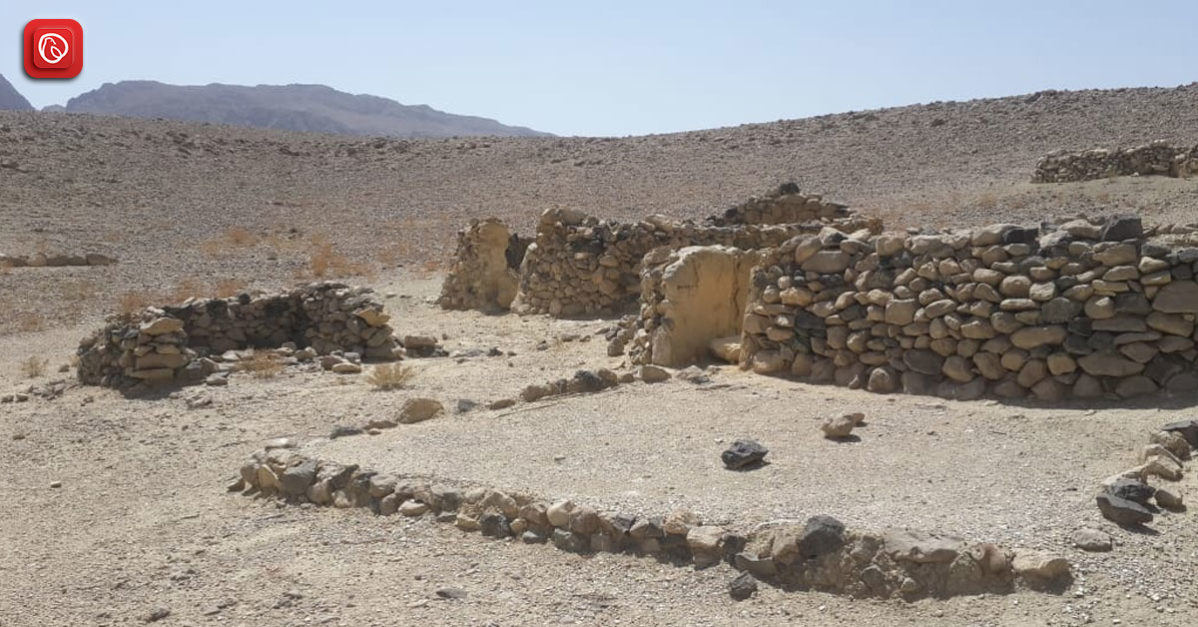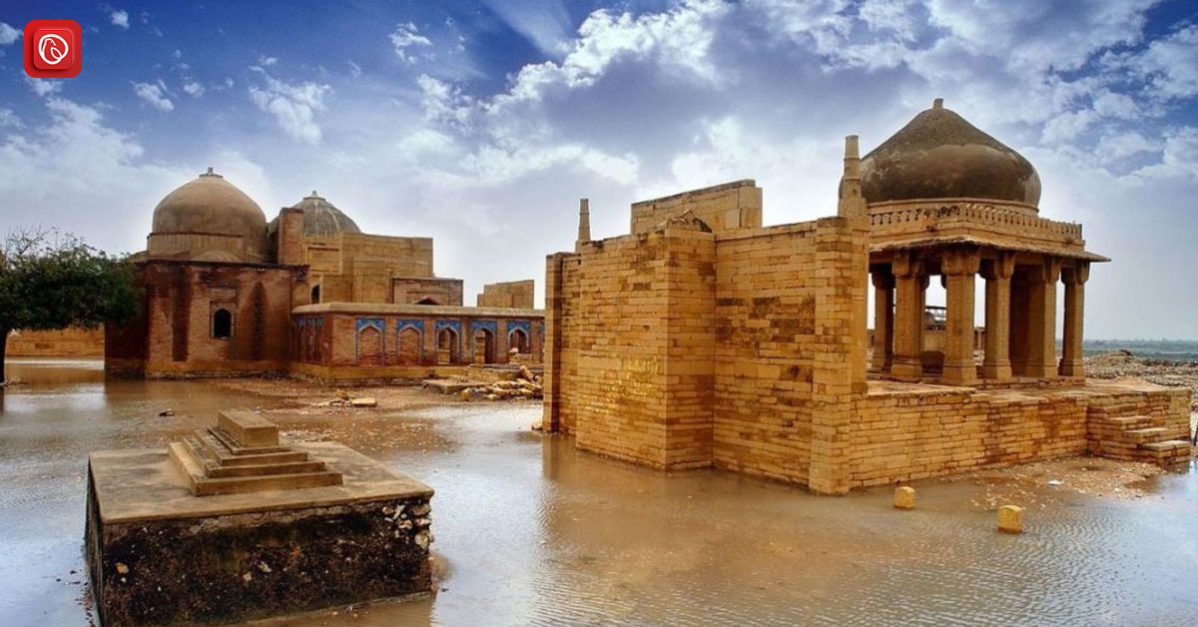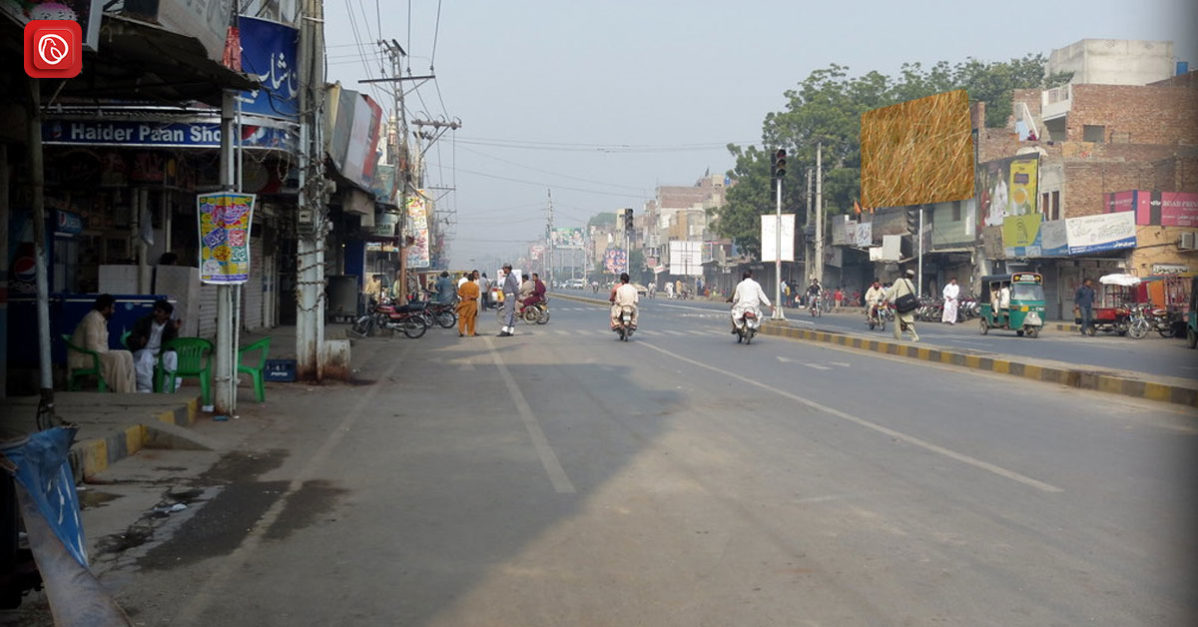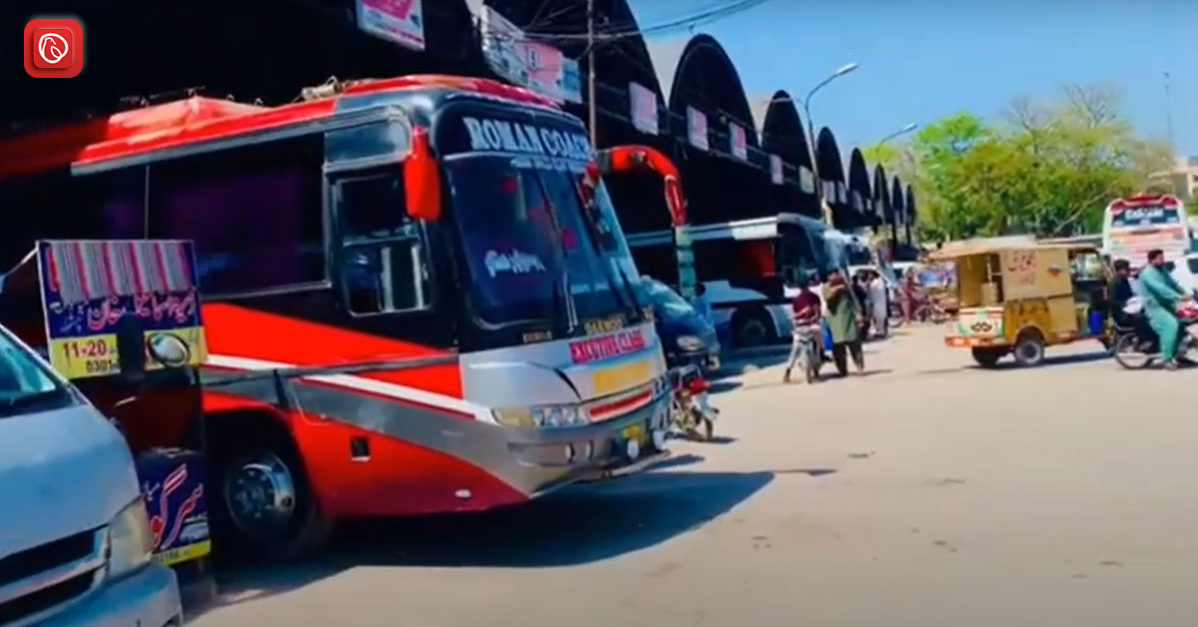Loralai District, located in the northeastern corner of Balochistan, Pakistan, boasts a rich history intertwined with the broader narrative of Balochistan itself. It is one of the most beautiful and populated places in the province. To keep our readers more informed, Graana.com has prepared a detailed guide on the district. It includes, demographics, top medical institutes, colleges, places to visit and much more.
Early History
Let’s explore the early history of this part of the world.
Mughal, Safavid, & Afghan Influences
Concrete historical accounts emerge around the 15th century. Loralai initially formed part of the Kandahar province in Afghanistan. The region witnessed a period of shifting control, with the Mughals, Safavids, and Afghans vying for dominance.
- In 1545, the Mughal emperor Humayun granted Duki, a dependency of Kandahar, to Mir Sayyid Ali.
- Kandahar remained under Mughal control until 1559, when it fell to the Safavids. Their reign lasted until 1595.
British Colonial Era
The 19th century saw the arrival of the British Raj. By 1887, the Loralai area became part of British India. In 1903, a pivotal moment arrived with the official creation of Loralai District. This new district incorporated territories from neighbouring Zhob and Thal Chotiali districts.
20th Century and Beyond
Following Pakistan’s independence in 1947, a referendum confirmed the region’s desire to be part of the newly formed nation. Loralai District remained largely intact until 1992, when Barkhan Tehsil was separated and became a distinct district.
Loralai District Demographics
| Category | Description | Statistic |
| Population | Total Population | 397,400 |
| Gender Breakdown | Male | 53.46% |
| Gender Breakdown | Female | 46.53% |
| Average Household Size | District Average | 7.11 |
| Average Household Size | Urban | 7.44 |
| Average Household Size | Rural | 7.05 |
| Literacy Rate | Overall | 42.42% |
| Dominant Language | Pashto | 93.29% |
Loralai Weather and Climate
Loralai District in Balochistan, Pakistan, experiences a warm to hot climate with distinct seasonal variations. Here’s a breakdown of what to expect:
Sunny Skies and Warm Temperatures
- Generally, Loralai enjoys plenty of sunshine throughout the year.
- Summers (from June to September) can be quite hot, with average highs reaching around 35°C (95°F).
Milder Winters and Occasional Rain
- Winters (from December to February) are mild compared to summers, with average lows dropping to around 5°C (41°F). Rain is infrequent but can occur during this period.
Spring and Autumn: Pleasant Interludes
- Spring (March to May) and autumn offer pleasant weather with comfortable temperatures, making them ideal times to visit.
Low Chance of Rain
- Rainfall is generally low throughout the year, with most occurring during the winter months.
Wind Patterns
- Southerly winds are prevalent, influencing the overall climate.
UV Index
- The UV index can be quite high, especially during the summer months. Sun protection is essential when visiting Loralai District.
Additional Tips
- Mountainous Terrain: Temperatures can vary depending on elevation. Higher altitudes might experience cooler temperatures.
- Continental Climate: Being located inland, Loralai experiences larger temperature variations between day and night compared to coastal areas.
Overall, Loralai District’s climate is characterised by warmth, sunshine, and distinct seasonal variations. If you’re planning a visit, consider the time of year and pack accordingly. Be prepared for hot summers and remember sun protection. Spring and autumn offer the most comfortable temperatures for exploring the region.
Place to visit in Loralai
Here is list of some top place for tourist to visit in the district and nearby areas.
Historical Sites
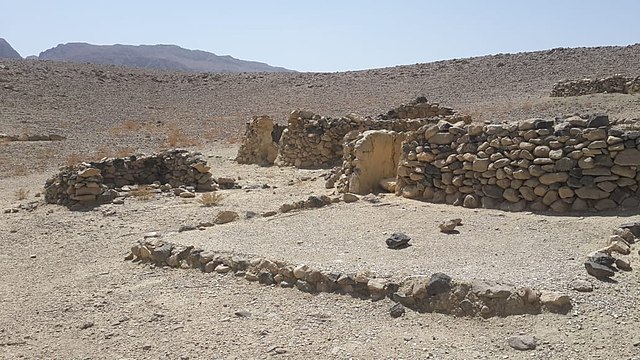
Rana Ghundai Archaeological Mound is located 16 km north of Loralai town, this pre-historic site dates to the Chalcolithic to Bronze Age. Excavations unearthed tools, pottery, and other artifacts offering a glimpse into the lives of ancient inhabitants.
Natural Wonders
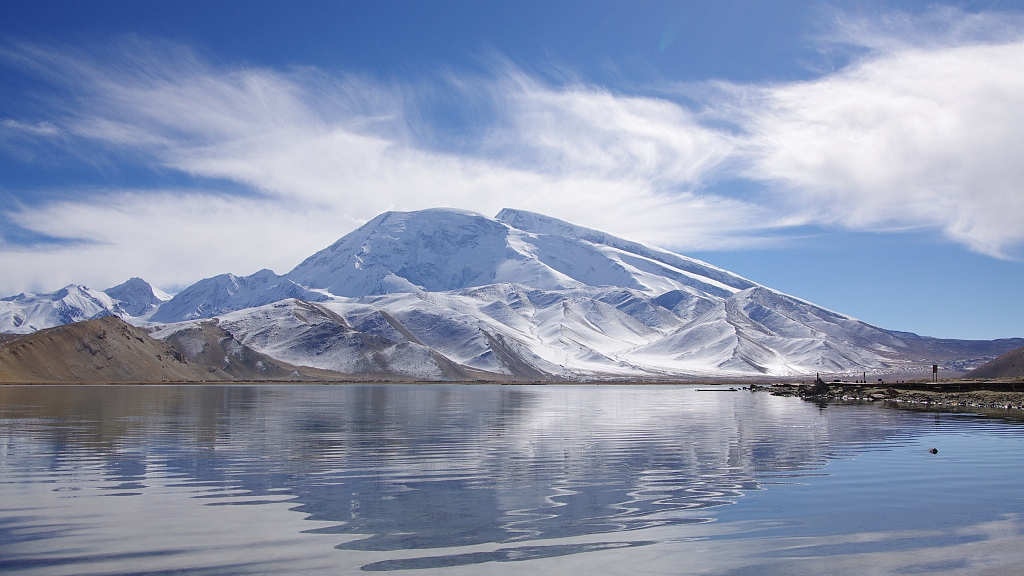
Karakul Mountain a unique table-top mountain in Chinijan village boasts a massive rocky plateau stretching 4 km in length and nearly half a kilometre wide. Standing tall at an elevation of 7,835 feet, it offers scenic views and a chance to experience the natural beauty of the region.
Fruit Orchards
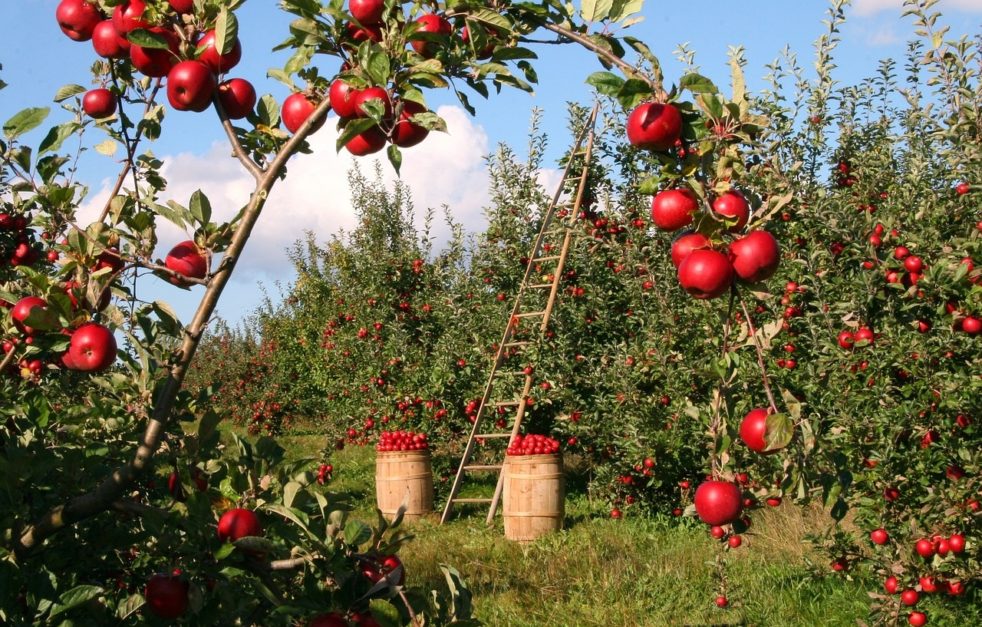
The district is known for its lush green orchards lining streams. These orchards produce a variety of fruits like apples, almonds, apricots, pears, cherries, pomegranates, and more.
While visiting these orchards might require permission from landowners, the chance to witness the region’s agricultural bounty could be fascinating.
Medical Facilities
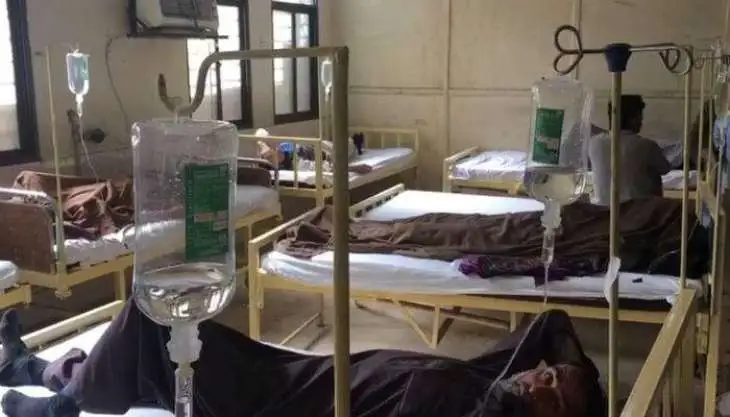
- DHQ: HQ is main health facility in the area as people seek medical attention visit this government hospital. Other than this there are many other privately run hospitals and clinics in the area.
- Hashim Medical Complex Loralai: The hospital with 24/7 operational and provide medical facility to the locals.
- Dr. Zareena Hospital: The hospital with 24/7 operational and provide medical facility to the locals.
How to reach Loralai?
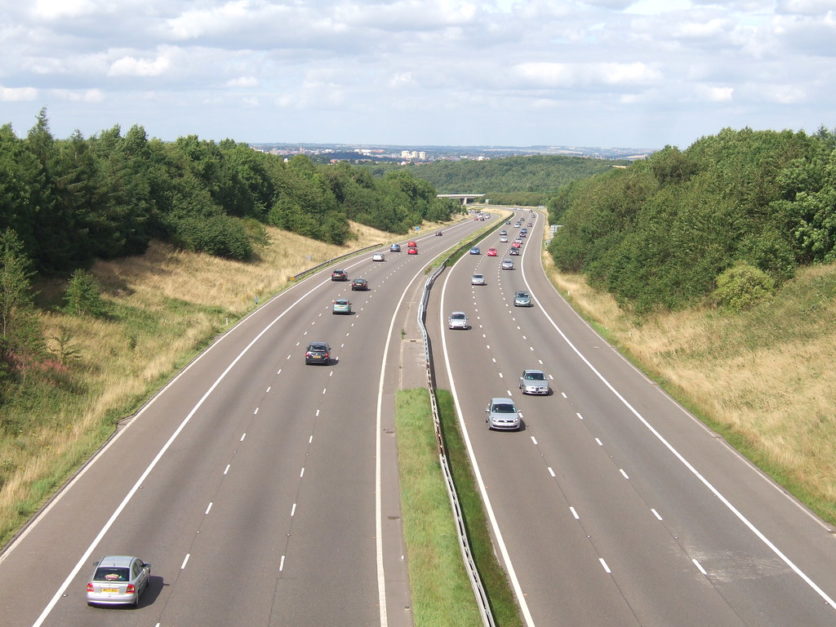
Here are some options to consider, depending on your starting point:
- From Islamabad: Take the M-1 Motorway south towards Quetta. From Quetta, follow N-50 National Highway east until you reach Loralai town.
- From Karachi: Travel north on the N-55 National Highway until Sukkur. Take the M-8 Motorway westward towards Quetta. From Quetta, follow N-50 National Highway east until you reach Loralai town.
- From Lahore: Take the M-2 Motorway southwest towards Multan and the district Sukkur. From Sukkur, take the M-8 Motorway westward towards Quetta. From Quetta, follow N-50 National Highway east until you reach Loralai town.
Conclusion
Loralai District in Balochistan, Pakistan, unveils a captivating story. Steeped in history, from ancient settlements to the complexities of the colonial era, Loralai offers a glimpse into a region brimming with cultural heritage.
While details about specific tourist destinations might be limited, the potential for exploring historical sites, experiencing the natural wonders of the mountains and orchards, or engaging with the Balochi way of life makes it a destination for the adventurous traveller.
Frequently Asked Questions
Here are some of the mostly asked questions about Loralai:
What is Loralai District known for?
Loralai District is known for its rich history, dating back to the pre-historic era. It boasts ancient archaeological sites and a unique Balochi culture. While details on specific tourist destinations are limited, the potential for exploring historical sites, experiencing scenic mountains and orchards, and engaging with local traditions makes it a fascinating destination.
How do I get to Loralai District?
Reaching Loralai District currently doesn’t involve trains. Your primary option is by road. National Highway N-50 connects Loralai to Quetta, while other regional roads provide access to nearby towns.
What’s the weather like in Loralai District?
Loralai experiences a warm to hot climate with distinct seasons. Summers are sunny and hot, with highs reaching 35°C (95°F). Winters are mild with occasional rain, while spring and autumn offer pleasant interludes.
Is it safe to visit Loralai District?
It’s crucial to research the current security situation before your visit. Limited infrastructure and a focus on safety and cultural sensitivity are essential. Respect local customs and dress modestly.
For more details, visit Graana blog.
